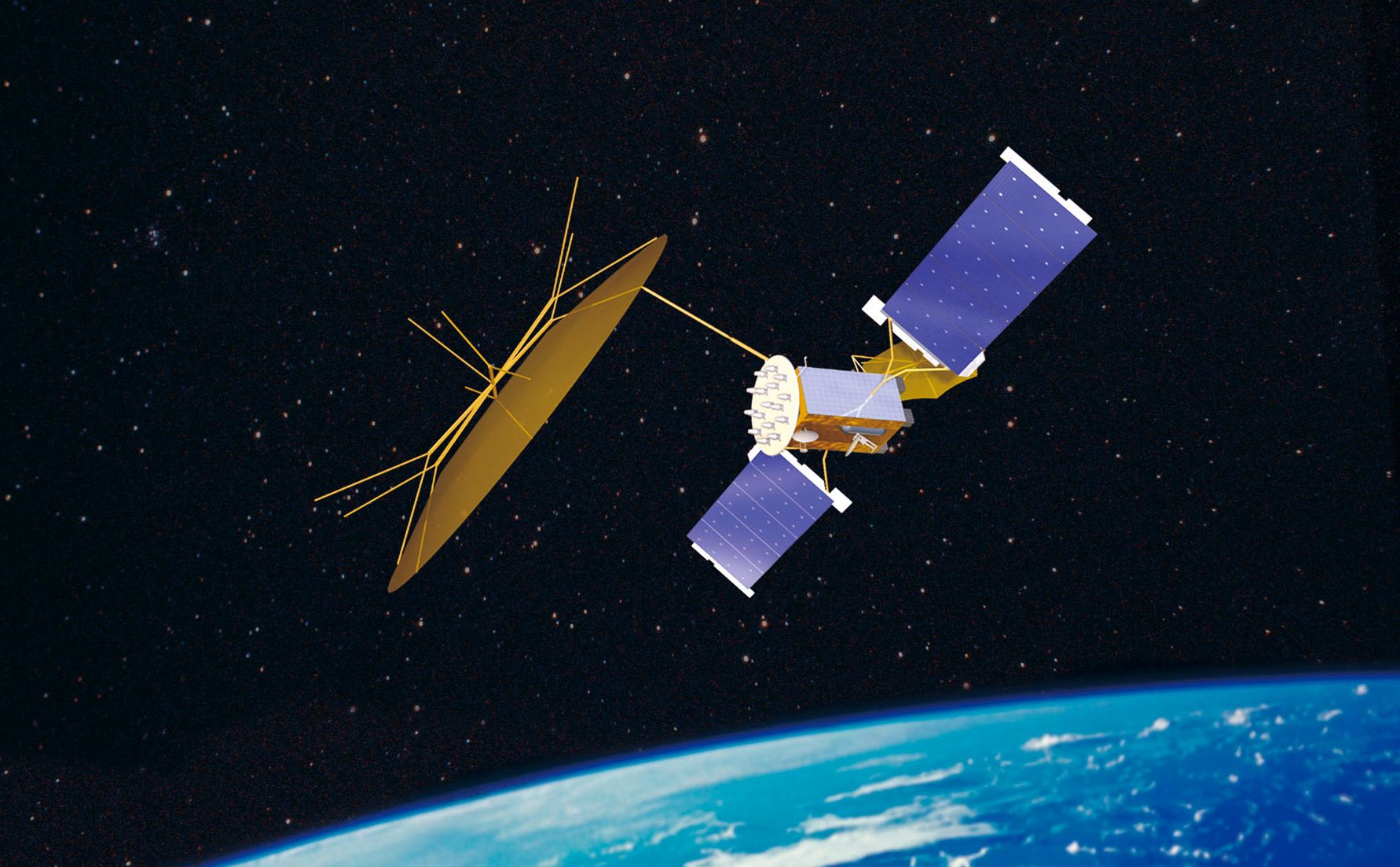Raytheon Company has developed a miniaturized interrogation antenna capability to extend use of its Cooperative Target ID technology to soldiers and unmanned aircraft to help prevent fratricide. This effort builds upon an existing Raytheon antenna design and additional enhancements performed in concert with the U.S. Army CERDEC Intelligence & Information Warfare Directorate (I2WD).
The new miniature antenna is approximately the size of an ice cube and weighs only a fraction of an ounce. It capitalizes on proven cooperative millimeter wave technology, which has been certified at technical readiness level seven by the military for use on combat vehicles.
“This new miniaturized antenna is ideal to meet the constrained size and weight requirements posed by individual soldier and UAS (unmanned aircraft system) applications, and it represents a technological breakthrough that can be of immediate benefit to our warfighters,” said Glynn Raymer, vice president of Raytheon’s Network Centric Systems’ Combat Systems.
Raytheon’s mini antenna development is the latest enhancement of its Cooperative Target ID technology successfully demonstrated to I2WD as part of the Light Vehicle Demonstration contract. This technology can be commonly applied to airborne platforms, ground vehicles and dismounted warfighters, providing air-to-ground and ground-to-ground mission capabilities. The technology is designed for ease of integration with surveillance, targeting and soldier systems.
“Raytheon’s Cooperative Target ID technology has repeatedly demonstrated its mission effectiveness in locating friendly forces during numerous U.S. government-sponsored ground and airborne field test exercises over the past seven years,” explained Raymer. “It is easy to use by soldiers and pilots alike, and the feedback from test personnel has been uniformly positive.”
During testing at the Bold Quest 2009 exercise, the radio frequency-based technology was mounted inside an F/A-18 Super Hornet fighter aircraft pod. Raytheon’s combat ID solution provided an essential air-to-ground capability to reliably identify and locate “friendlies” equipped with the technology at typical tactical close air support ranges in real time and under all-weather and typical, obscured battlefield environments, including urban settings.
Bold Quest 2009 was sponsored by the U.S. Joint Forces Command at Camp Lejeune, N.C., in November 2009. The major field exercise involved more than 800 personnel and equipment from 10 U.S. and allied partner nations to evaluate multiple combat identification technologies.
Raytheon’s Cooperative Target ID is an electronic “question and answer” Ka band radio technology. Highly directional, it employs low radiated power, encryption, advanced signal processing and spread spectrum techniques for clandestine full-spectrum contingency operations. The technology is designed for ease of use and integration with modern surveillance and targeting systems and can reliably identify equipped friendly forces in less than one second at long ranges and well within the normal target engagement cycle.
Technical Readiness Level (TRL) is a measure used by the military to describe the maturity of a technology for field deployment. TRL assessments range from TRL 1-9. TRL 7 represents a high level of technical maturity and is a major step up from TRL 6 requiring the demonstration of an actual system prototype in an operational environment, such as in an aircraft, vehicle or space. Examples include testing the prototype in a test bed aircraft.
Raytheon Company, with 2010 sales of $25 billion, is a technology and innovation leader specializing in defense, homeland security and other government markets throughout the world. With headquarters in Waltham, Mass., Raytheon employs 72,000 people worldwide.










